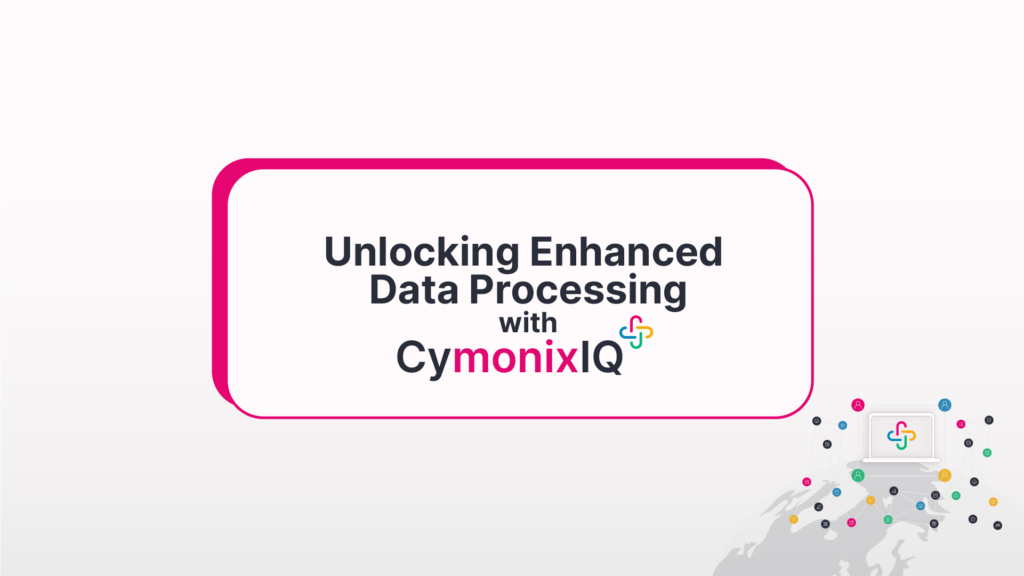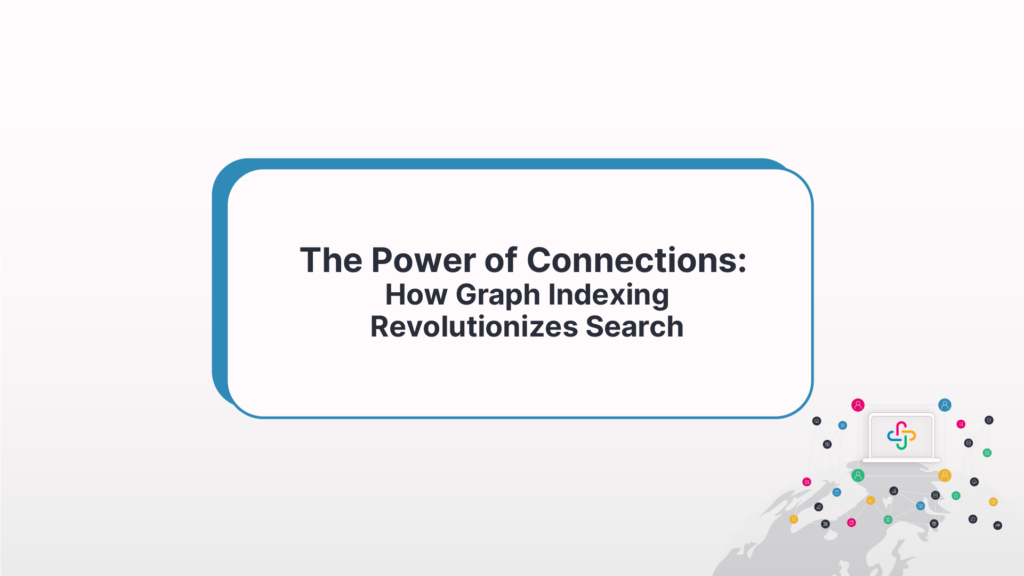The Mapmaker's Dilemma:
Why Sometimes the Best Path Forward Requires a Completely New Map
Imagine yourself as a cartographer, meticulously hand-drawing maps for years. You’ve mastered the art of representing geographical features – mountains as triangles, rivers as winding blue lines, and cities as small circles. Your maps are detailed and accurate, serving their purpose well.
One day, a new technology emerges – satellite imagery. This initially seems outlandish – a map not meticulously crafted by hand, but a vast, interconnected web of data points. It challenges your established way of thinking about mapmaking.
However, as you delve deeper, a breakthrough dawns. Satellite imagery, unlike hand-drawn maps, reveals hidden patterns invisible to the naked eye. The intricate network of rivers feeding into lakes, the subtle changes in vegetation indicating potential resources – a whole new level of detail emerges. This shift also unlocks a treasure trove of other benefits.
- Speed: Satellite imagery delivers near real-time data, providing a dynamic understanding of the landscape compared to the static nature of hand-drawn maps.
- Scalability: Vast swathes of territory can be analyzed effortlessly, offering a comprehensive perspective impossible with traditional methods.
- Data-Driven Decisions: The ability to identify hidden patterns and connections empowers informed choices based on a holistic view of the information.
- Breakthrough Insights: For instance, previously unseen environmental changes can be swiftly detected, allowing for proactive measures to address potential issues. Exploration efforts can be significantly enhanced by pinpointing areas of high resource potential.
The Cognitive Bias Challenge: Sometimes Our Expertise Gets the Best of Us
Have you ever encountered a situation where your deep knowledge and expertise, while valuable, might unintentionally hinder your ability to see a problem from a different perspective? I sure know I have. I become very comfortable with what I know and how to get results with that knowledge. This is where the concept of cognitive bias comes into play.
This reality was illuminated in a recent discussion with potential customers. We stumbled right into this cognitive bias challenge. We were discussing graph database technology which is very different than traditional relational database thinking. And like myself as I began learning about graph, these folks were struggling to understand by doing what comes naturally: attempting to draw parallels to the traditional relational approaches.
These mental shortcuts that can influence our thinking and decision-making, while often helpful in navigating complex situations, can also lead us to overlook alternative solutions or miss crucial connections. This can be particularly true in the ever-evolving field of technology, where new approaches and tools are constantly emerging.
We continued our discussion by talking about how relational databases excel at storing structured information in tables and the tremendous successes we’ve had in this mode for a long time. However, the real world is a network of interconnected entities and often not neatly normalized structures. Imagine a customer who has made multiple purchases, each linked to specific products influenced by past reviews. Capturing these relationships effectively can be a significant hurdle with relational databases.
Graph Databases: Unveiling the Hidden Connections
Here’s where graph databases enter the scene. Akin to our satellite imagery analogy, graph offers a fundamentally different approach to working with your data. It represents data as interconnected nodes (entities) and edges (relationships between entities), revealing a hidden world of connections. This allows us to see the bigger picture, uncover hidden patterns, and unlock a new level of insights previously unimaginable. Additional distinct advantages include:
- Faster and More Efficient Queries: A study by Accenture found that graph databases can outperform relational databases by up to 1000x when dealing with complex queries involving relationships [Source: Accenture “(2020). Why Graph Databases Matter [White paper].”].
- Superior Performance for Network Analysis: A research paper published in “ACM Transactions on Database Systems” demonstrates that graph databases can achieve query execution times several orders of magnitude faster than relational databases for network analysis tasks [Source: Robinson, I., Webber, J., & Ewen, S. (2015). Graph Databases: A comparative study. ACM Transactions on Database Systems (TODS), 40(3), 287-310].
- Flexibility and Scalability: Unlike relational databases with rigid schemas, graph databases offer a flexible schema that can easily adapt to changing data structures and new relationships. This is crucial in today’s dynamic business landscape.
The “Aha Moment”: Visualizing the Power of Connections
During the customer meeting, I used another analogy of a city plan which, proved instrumental. Imagine a relational database meticulously recording each building’s address, treating them as isolated entities. A graph database, however, would capture the intricate network of streets, avenues, and bridges (relationships) – providing a holistic understanding of the city’s layout. I then showed a simple graph model for a specific use case in their particular industry, Financial Services, and that resonated even more clearly.
These visual representations resonated very well and we truly began to align on the “art of the possible” with this new way of tackling traditional data challenge. The potential of unveiling hidden patterns and gaining deeper insights through the interconnected nature of graph data became tangible. So, we took it one step further; combining graph technology and AI. We walked through a simple example of how easy it is to engage with the data in that simple model through natural language processing – a chatbot. This simple, rapid demonstration approach brought about the clarity needed for us to begin to pivot our collective understanding – the “aha moment.”
AI on Graph Databases: Supercharging Data Exploration
With a graph database as the foundation, AI can truly shine. In the financial sector, for example:
- Real-time Risk Assessment: AI can analyze vast datasets of historical transactions and identify patterns, predicting potential risks associated with specific investment choices. A study by Capco found that financial institutions leveraging AI can achieve a 30% reduction in false positives for fraud detection [Source: Capco. (2020). AI in Banking: Hype or Game Changer?].
- Personalized Investment Strategies: AI can delve into the intricate connections within a client’s network, identifying hidden relationships like family members with similar investment goals. This empowers advisors to craft personalized investment strategies that go beyond individual portfolios.
Beyond Finance: A Spectrum of Applications
The transformative potential of graph databases and AI extends far beyond finance. Here are a few examples:
- Supply Chain Management: Optimizing logistics and identifying bottlenecks by mapping the complex network of suppliers, manufacturers, and distributors.
- Social Media: Personalizing content recommendations and identifying influential users by effectively modeling user interactions.
- Fraud Detection: Flagging suspicious activity in real-time by analyzing the relationships between financial transactions, accounts, locations, and devices.
Lesson (re) Learned – Moving Beyond Our Comfort Zone is How We Chart a New Course
The recent customer interaction was an important reminder for me as technologist and highlighted a crucial point: bridging the gap between the familiar and the transformative is the most critical first step in the adoption and change associated with innovation. Just as the cartographer who embraced satellite imagery discovered a whole new world of detail, organizations willing to explore the potential of graph databases are poised to chart a whole new path.
At Cymonix, we’re on a mission to break the mold and help you unlock the true value in your data. We fundamentally believe that together we can quickly tackle complex data challenges with an entirely new breed of data management platform, powered by AI and inspired by your data – wherever it may live!
Please follow us on LinkedIn as we continue the discussion and explore new and innovative ways of thinking about this age-old set of challenges. We’re excited to share our insights and help you unlock the full potential of your data!
- Bill Palifka
- March 27, 2024



